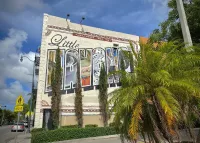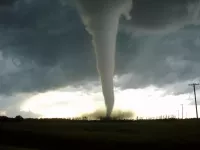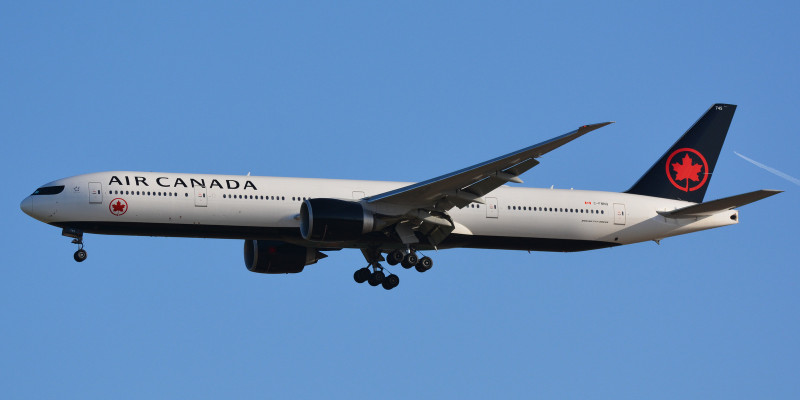NOAA Weather Radio (NWR), also called NOAA Weather Radio All Hazards, is a 24/7 network of VHF FM radio stations in the U.S. broadcasting weather information directly from the National Weather Service. The programming cycle includes local weather forecasts, summaries, and hazardous weather outlooks. During hazardous conditions, broadcasts are shortened to include short-term forecasts, special weather statements, or tropical weather summaries. NWR also transmits non-weather alerts like national security statements, Amber Alerts, civil emergencies, and evacuation orders via the Emergency Alert System. Automated broadcast technology ensures continuous updating of segments across transmitters.
2012: Miami NWR station broadcasts in Spanish
In 2012, the Miami Weather Forecast Office (WFO) began broadcasting weather information in Spanish on a dedicated station (WZ2531 in Hialeah), separate from their English-language channel.
2014: Brownsville NWR station broadcasts in Spanish
In 2014, the Brownsville Weather Forecast Office (WFO) began broadcasting weather information in Spanish on dedicated stations (WZ2541 in Pharr and WZ2542 in Harlingen), separate from their English-language channel.
April 2017: Wunderadio discontinues live streams of NWR broadcasts
In April 2017, Wunderadio, a section of Weather Underground, discontinued its live streams of NOAA Weather Radio (NWR) broadcasts, leading to the development of alternative streaming sources.
Mentioned in this timeline
Puerto Rico is a self-governing Caribbean archipelago and island that...
American Samoa is an unincorporated territory of the United States...
Connecticut is a state in the New England region of...

Miami is a major coastal city located in Florida United...
The National Weather Service NWS is a US federal agency...

A tornado is a rotating column of air connecting the...
Trending
2 months ago United Airlines Flight Diverted After Windshield Cracks Mid-Air, Pilot Injured
6 months ago British Airways Chennai Flight Returns To London Heathrow Due to Technical Issue.

6 months ago Air Canada: Aeroplan Benefits for US Flyers Amidst Holiday Travel Disruptions

2 months ago Jimmy Kimmel Mocks Trump's Election Meltdown After Democratic Wins on Late Night.
5 months ago Senator concerned JetBlue and United partnership may negatively affect market competition.

2 months ago Noem Rejects Pritzker's Request to Pause ICE Operations in Chicago for Halloween.
Popular

XXXTentacion born Jahseh Dwayne Ricardo Onfroy was a controversial yet...

Ben Shapiro is a prominent American conservative political commentator media...

Candace Owens is an American conservative political commentator and author...

William Franklin Graham III commonly known as Franklin Graham is...
The Kennedy Center Honors are annual awards recognizing individuals and...

Tucker Carlson is an American conservative political commentator known for...